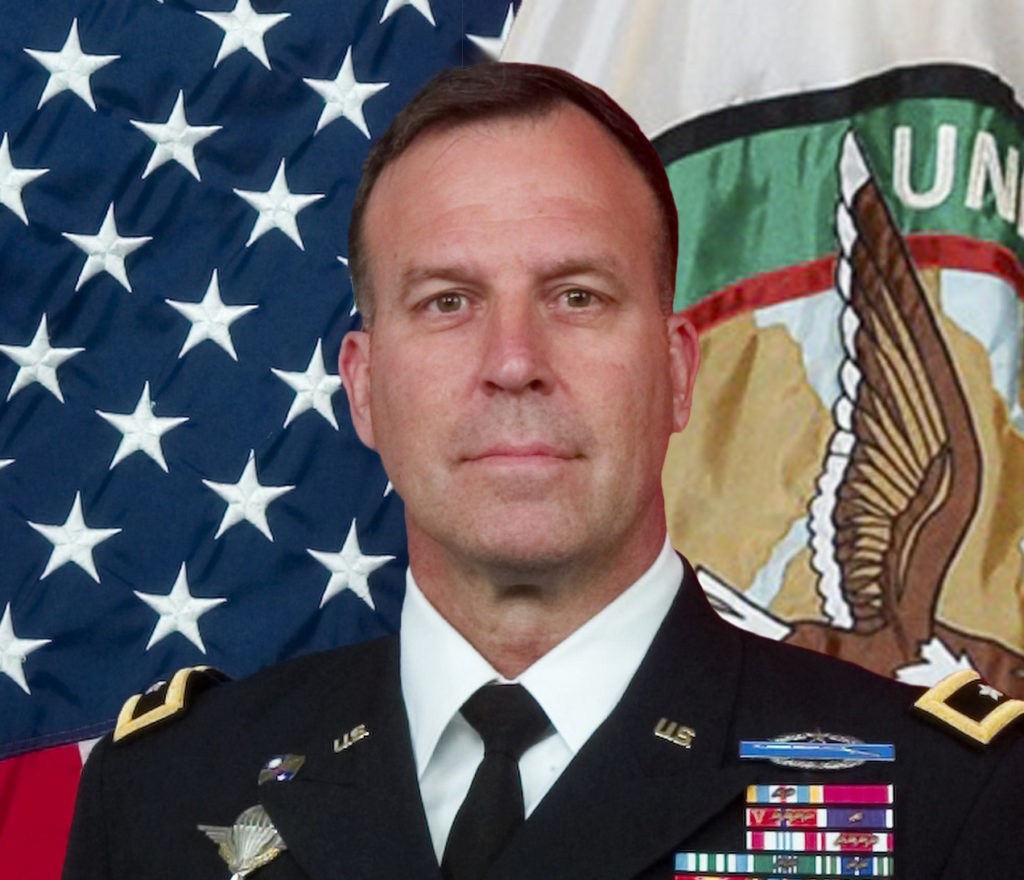February 18, 2022

President Biden has nominated Army Lt. Gen. Michael “Erik” Kurilla to lead the US Central Command, overseeing America’s military operations in the Middle East from its headquarters at MacDill Air Force Base in Tampa, Florida.
Central Command is a multi-branch combat command that administers all US military activities in 21 nations from Yemen northeast to Kazakhstan, including Iran. The command officially added responsibility for the US military’s relationship with Israel last year.
Kurilla will succeed Gen. Frank McKenzie, who took over in early 2019 and whose command is scheduled to end in April. At that time, Kurilla will be promoted to four-star general, the highest rank in the post-World War II military.
Kurilla, who is from Minnesota, served multiple tours in Afghanistan and in Iraq. Before that he participated in the 1989 US invasion of Panama, the 1991 Persian Gulf War and was stationed in Korea.
He was wounded in the arm and leg while deployed in Iraq in 2005 with the 1st Stryker Brigade in Mosul. That incident gained wide attention when the writer Michael Yon published a firsthand account on his blog, describing Kurilla as continuing to fire at the enemy and issue orders after he had been shot three times.
Kurilla is currently commander of the 18th Airborne Corps at Fort Bragg, North Carolina. Before that he was chief of staff at Central Command under McKenzie and McKenzie’s predecessor, Gen. Joseph Votel, who has since retired.
In an interview with the Tampa Bay Times, Votel described Kurilla as “a very accomplished fighter” who “led our soldiers and Marines through very challenging operations.” Votel said he was a strong relationship builder, excellent communicator and a “visionary strategic thinker, who can see the big picture.”
Votel praised Kurilla as an early adopter in the areas of artificial intelligence and immersion technologies. He said a willingness to leverage new technology would bode well for Central Command, as the US will face many of the “same problems as always” in the Middle East, but with fewer traditional forces in the region to carry out its mission as priorities shift toward threats from China and Russia.
The US has withdrawn all forces from Afghanistan and shifted its role in Iraq from combat to advising Iraqi national forces. Meanwhile, Iranian-backed militia groups have recently increased the pace of their attacks on US and allied forces in Iraq and Syria.
Votel said the situation would require Kurilla to work in the “gray zone of influence,” with a focus on diplomacy, partnerships and preserving US interests and influence in ways different from his predecessors.
“He is perhaps the most innovative and forward-thinking leader in the Army today, and that’s probably an opinion shared by others,” Votel said.
General McKenzie has advocated maintaining military forces and capabilities in the Central Command region, but the administration has directed him to relocate missile defense hardware, fighter jet squadrons and other materiel and forces as the administration realigns its focus to the Indo-Pacific region.
Testifying before the Senate Armed Services Committee February 8 at his confirmation hearing, Kurilla stressed that the United States should not go it alone in attempting to contain Tehran and urged help from allies in the region like Saudi Arabia.
“Iran is the No. 1 destabilizing factor in the Middle East right now with their malign behavior,” Kurilla said. “I think going through our partners and allies and strengthening those with a united front with all of our partners and allies is the best way to confront them.”
Kurilla said the US Central Command region is home to nine of the 10 most dangerous terrorist organizations in the world and is also burdened by long-running civil wars in Syria and Yemen. Also, he said, Islamist groups like al-Qaeda and the Islamic State are re-constituting.
“All of these ill trends are accelerated by water scarcity and food insecurity,” Kurilla told the committee. “China has significantly increased its investment and influence in the region and Russia acts as a spoiler.”
After World War II, the structure of the US military was changed. The military services Army, Navy, Air Force and Marines continue to recruit, train and equip troops, but the services do not fight wars. Wars are fought by the combatant commands, most covering geographic areas like the Central Command, which covers the Middle East and Central Asia. The commander there commands troops from all services.
